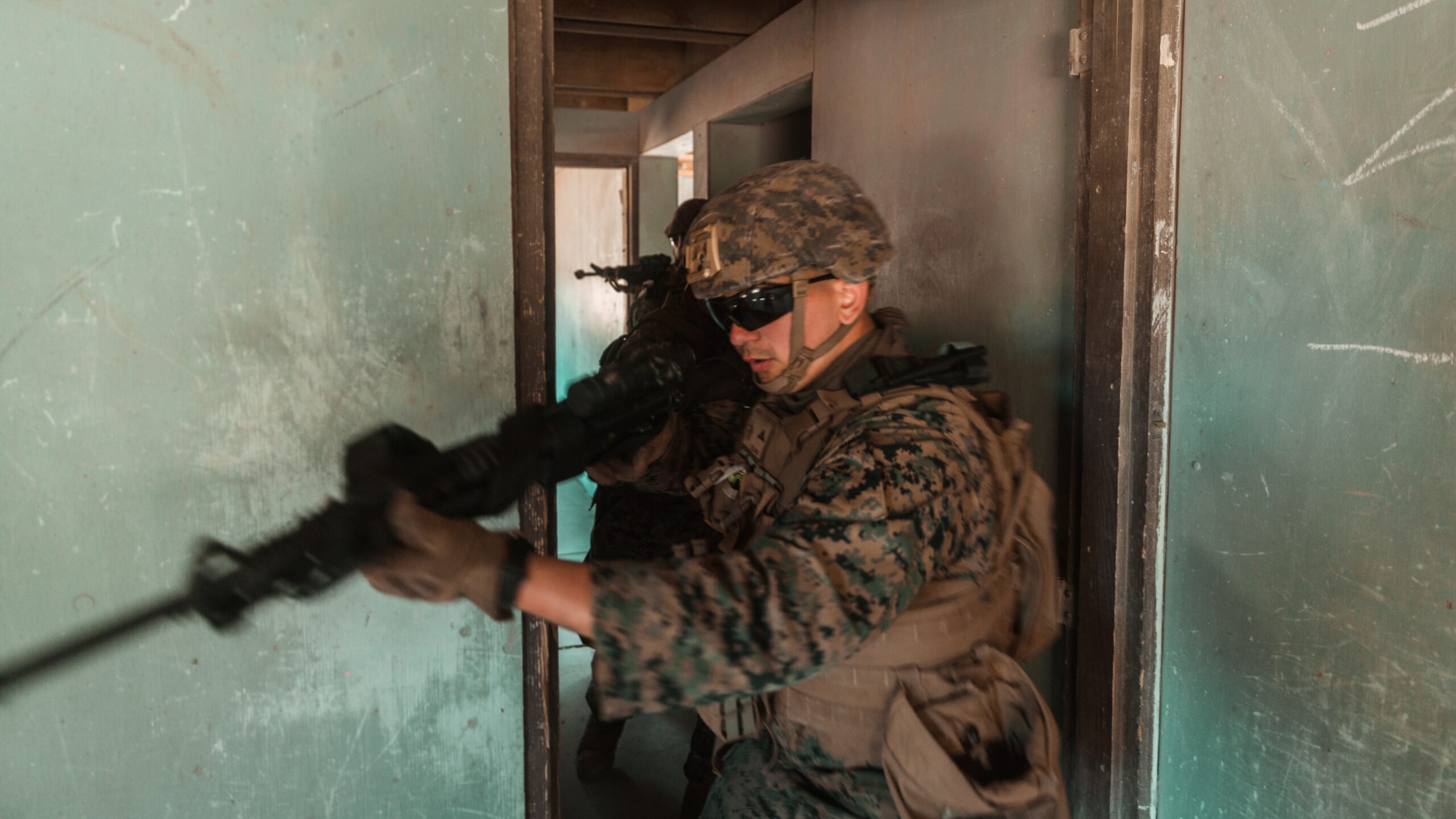Body armor is an essential piece of equipment for all members of the military, law enforcement, and security personnel. It protects against bullets, shrapnel, and other ballistic hazards. Choosing the best body armor is a crucial decision for your safety, and proper maintenance ensures its continued effectiveness. This comprehensive guide covers everything you need to know about selecting and maintaining the best body armor for your needs.
1. Types of Body Armor
There are several different types of body armor, and each has its advantages and disadvantages. Soft armor is made from woven fibers and is lighter and more comfortable to wear but is less effective against high-velocity rounds. Hard armor is made from ceramic or steel plates and provides greater protection against ballistic threats but is bulkier and heavier. Decide which type of body armor is best for you based on your job requirements and personal preferences.
2. Selecting the Right Body Armor
When selecting your body armor, it is essential to consider the level of protection offered. The higher the level, the greater the stopping power the armor has. Level III and IV armor is typically reserved for high-risk job functions such as military combat and law enforcement SWAT operations. Level II and IIIA armor provide adequate protection for most other scenarios. Additionally, consider the size and fit of the armor to ensure maximum coverage and comfort.
3. Maintaining Your Body Armor
Regular maintenance is crucial to ensure your body armor remains effective. Soft armor should be inspected regularly for signs of damage, such as fraying or punctures, which could reduce its effectiveness. Hard armor should be inspected for cracks or chips that could weaken the plate. You should also clean your armor regularly, following the manufacturer’s recommended instructions, and ensure it is stored in a dry, cool place.
4. Replacing Your Body Armor
Even the best body armor has a lifespan and will need replacing eventually. Soft armor should be replaced every five years, while hard armor plates can last up to ten years. However, if the armor is damaged or fails an inspection, you should replace it immediately, as it may not provide adequate protection.
5. Other Considerations
When selecting and maintaining your body armor, other factors to consider include weight, mobility, and carrier options. The weight of the armor may affect your ability to perform your job duties, while carrier options affect comfort and customization. Mobility is also a crucial factor, particularly for military members who require maximum movement and flexibility.
Choosing and maintaining the best body armor is a critical decision for your safety. Consider the different types of body armor available and select the level of protection that is best suited to your job requirements. Ensure that you regularly maintain your armor, inspecting it for damage and storing it correctly. If you notice any damage or wear, replace your armor immediately. By following these guidelines, you can be assured that your body armor is providing you with the necessary protection to do your job safely.
For more articles, please click here.
